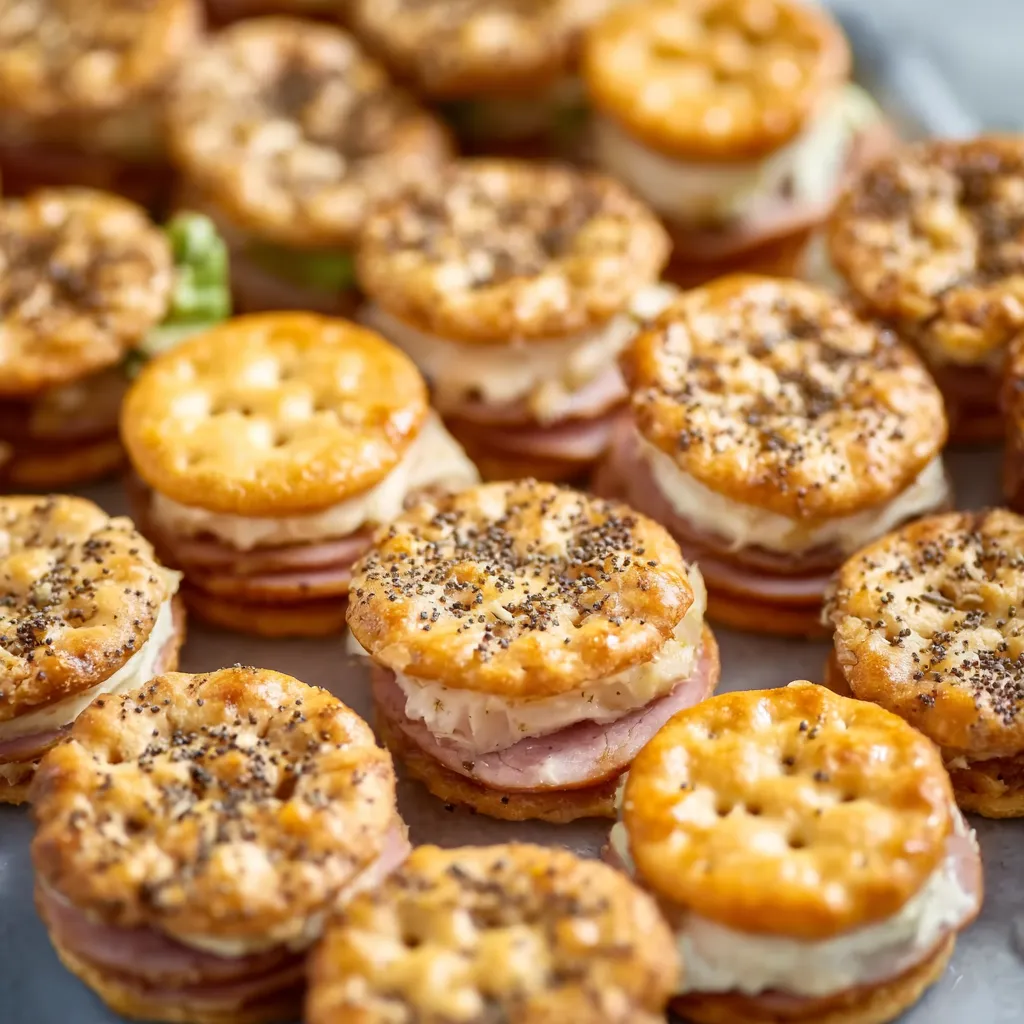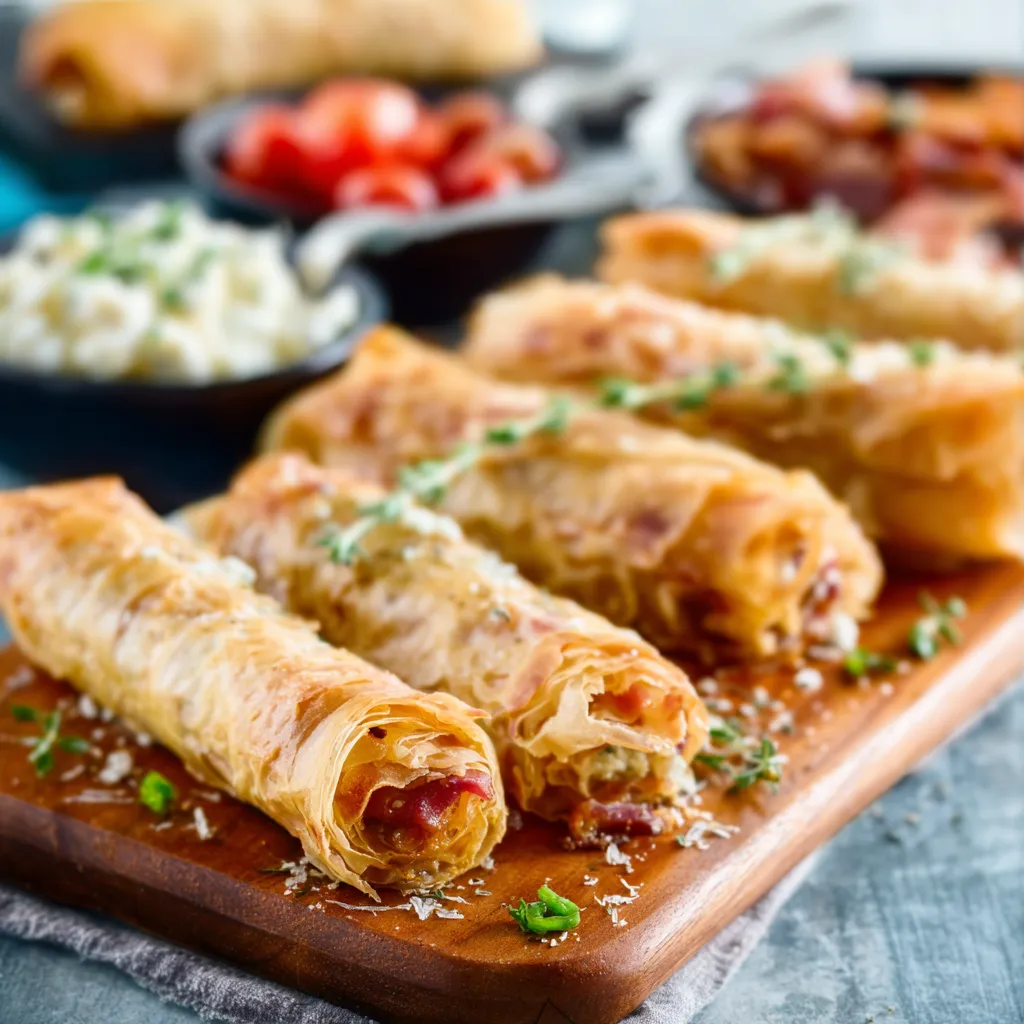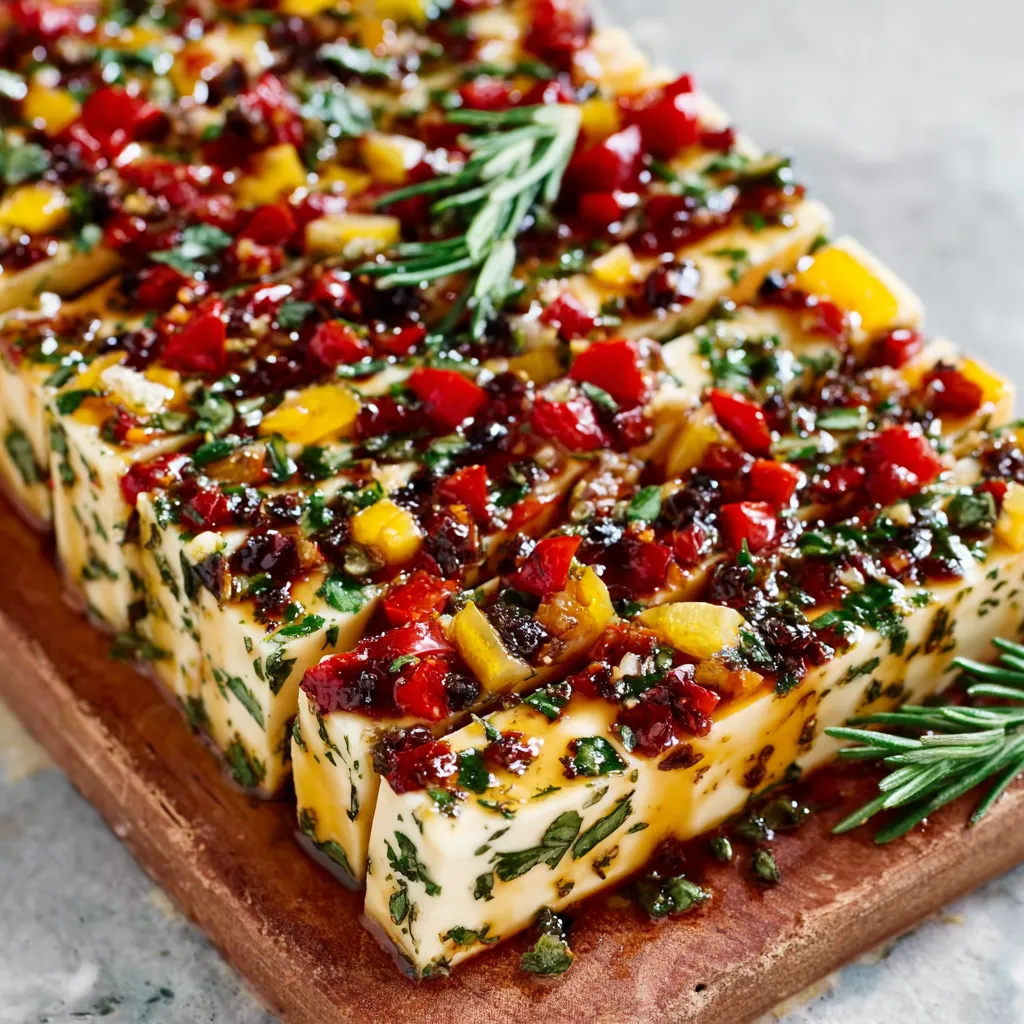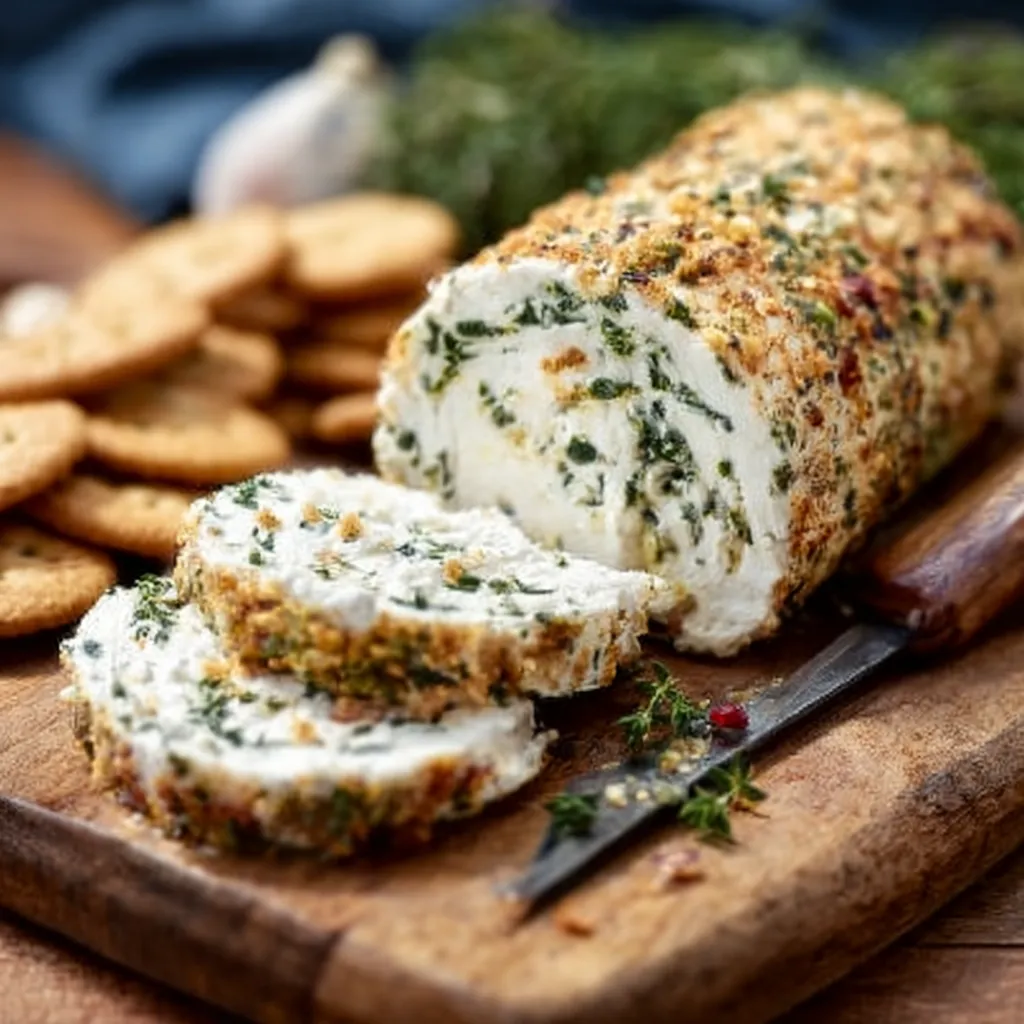The Alchemy of Eggnog: A Scientific Deep Dive
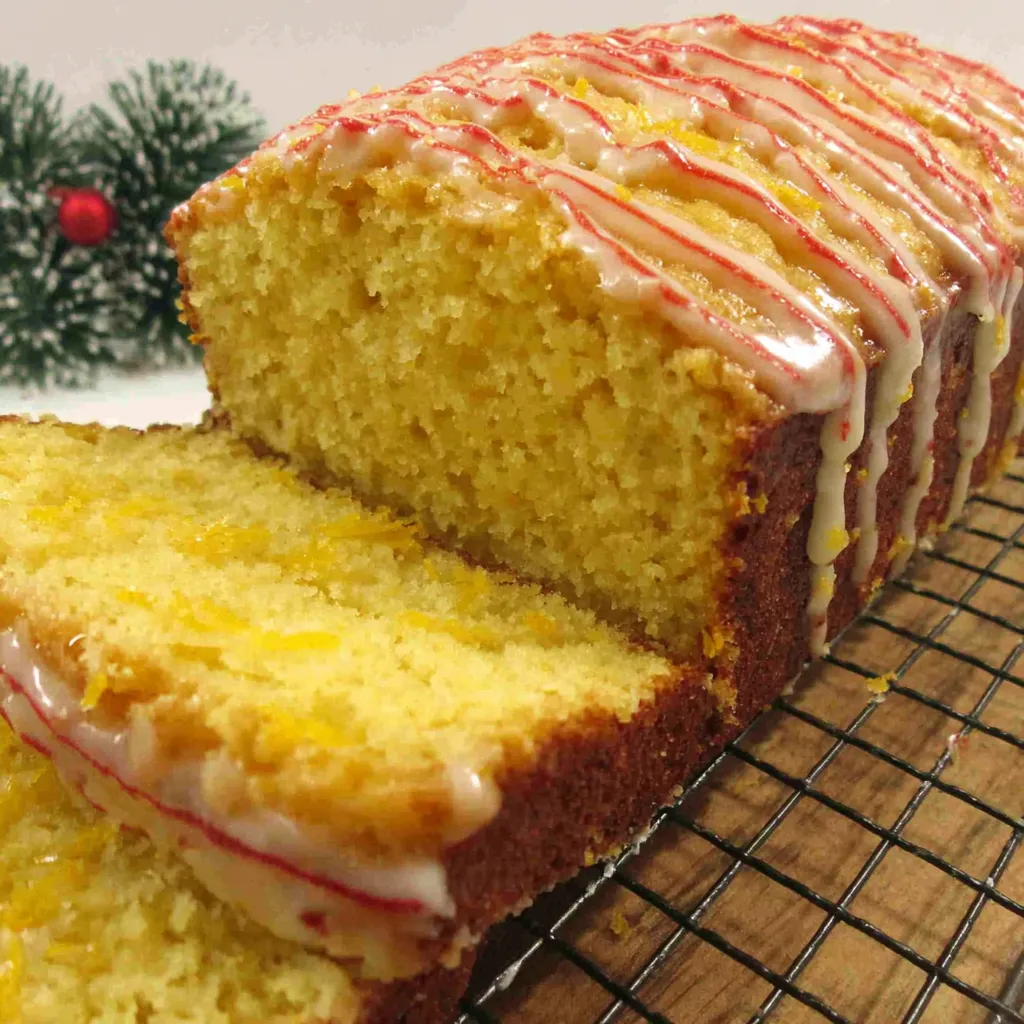 Eggnog, with its rich blend of eggs, cream, spices, and often alcohol, presents unique challenges when incorporated into bread. The high fat content, while contributing to a moist texture, can also inhibit gluten development, leading to a dense, heavy loaf. The sugar content, necessary for that classic eggnog sweetness, can also interfere with the structural integrity of the bread. And let’s not forget the alcohol, if you choose to include it; alcohol weakens gluten bonds, potentially resulting in a bread that collapses during baking. Therefore, understanding the interplay of these components is crucial for achieving the perfect crumb and rise. In essence, it’s about striking a delicate balance: enough eggnog for flavor and moisture, but not so much that it compromises the bread’s structure.
Eggnog, with its rich blend of eggs, cream, spices, and often alcohol, presents unique challenges when incorporated into bread. The high fat content, while contributing to a moist texture, can also inhibit gluten development, leading to a dense, heavy loaf. The sugar content, necessary for that classic eggnog sweetness, can also interfere with the structural integrity of the bread. And let’s not forget the alcohol, if you choose to include it; alcohol weakens gluten bonds, potentially resulting in a bread that collapses during baking. Therefore, understanding the interplay of these components is crucial for achieving the perfect crumb and rise. In essence, it’s about striking a delicate balance: enough eggnog for flavor and moisture, but not so much that it compromises the bread’s structure.
The Ultimate Christmas Eggnog Bread Recipe
This recipe has been meticulously tested and refined to address the challenges of baking with eggnog, ensuring a consistently delicious and beautiful loaf.Ingredients:
- 3 cups all-purpose flour, plus more for dusting
- 1 teaspoon baking powder
- 1/2 teaspoon baking soda
- 1/4 teaspoon salt
- 1 cup (2 sticks) unsalted butter, softened
- 1 1/2 cups granulated sugar
- 2 large eggs
- 1 teaspoon vanilla extract
- 1 teaspoon rum extract (optional, for enhanced flavor)
- 1 1/2 cups prepared eggnog (store-bought or homemade)
- 1/4 cup rum or bourbon (optional)
- 1/2 cup chopped pecans or walnuts, for topping (optional)
- Powdered sugar, for dusting (optional)
Instructions:
- Preheat and Prepare: Preheat oven to 350°F (175°C). Grease and flour a 9×5 inch loaf pan.
- Combine Dry Ingredients: In a medium bowl, whisk together flour, baking powder, baking soda, and salt.
- Cream Butter and Sugar: In a large bowl, cream together the softened butter and granulated sugar until light and fluffy. This usually takes about 3-5 minutes with an electric mixer.
- Add Eggs and Extracts: Beat in the eggs one at a time, then stir in the vanilla extract and rum extract (if using).
- Alternate Wet and Dry Ingredients: Gradually add the dry ingredients to the wet ingredients, alternating with the eggnog. Begin and end with the dry ingredients. Mix until just combined. Be careful not to overmix. If using rum or bourbon, stir it in at the end.
- Pour into Pan: Pour the batter into the prepared loaf pan and spread evenly.
- Add Topping (Optional): Sprinkle the top with chopped pecans or walnuts, if desired.
- Bake: Bake for 55-65 minutes, or until a wooden skewer inserted into the center comes out clean. If the top starts to brown too quickly, tent it loosely with foil.
- Cool: Let the bread cool in the pan for 10 minutes before transferring it to a wire rack to cool completely.
- Dust (Optional): Once cooled, dust with powdered sugar, if desired.
My Eggnog Bread Odyssey: The Investigation
My quest to perfect Christmas Eggnog Bread was far from a smooth sail. My first few attempts were a disaster, resulting in loaves that were either dense and gummy or collapsed in the center. Like many of you, I initially thought the problem was simply the baking time. I kept baking it longer, which only led to dry edges and a still-soggy middle. It was incredibly frustrating!The Soggy Bottom Blues
My initial hypothesis was that the high moisture content of the eggnog was to blame. I tried reducing the amount of eggnog, but that just resulted in a dry, flavorless bread. It was then that I realized I was attacking the symptom, not the cause.The Gluten Gamble
Then, I had an “Aha!” moment. I remembered from my food science studies that gluten development is crucial for bread structure. The fat in the eggnog was likely inhibiting the gluten from forming properly. To counteract this, I tried a few things. First, I made sure not to overmix the batter, as overmixing develops gluten too much, leading to a tough bread. Second, I experimented with different types of flour. Bread flour, with its higher protein content, seemed like a logical choice, but it resulted in a bread that was too chewy. All-purpose flour, when used correctly, proved to be the sweet spot.The Proof is in the Pudding (or, in this case, the Bread)
The final key was the baking process itself. I realized that a lower oven temperature for a longer period allowed the bread to bake more evenly, preventing the outside from burning before the inside was cooked through. Tenting the loaf with foil during the last part of baking also helped to prevent excessive browning. The addition of rum extract, even if you opt-out of using real rum, provided an extra layer of depth to the eggnog flavor that I found truly delightful.A Complementary Festive Feast
During this time, I experimented with various festive treats. My family especially enjoyed my attempts to create the perfect Christmas Puppy Chow for a quick snack. I even considered how a slice of eggnog bread would pair with a Cranberry Orange Whiskey Sour for a Christmas cocktail hour.The Foolproof Technique: A Step-by-Step Guide
Based on my extensive experimentation, here’s a foolproof method for making perfect Christmas Eggnog Bread every time:- Don’t Overmix: Mix the batter until just combined. Overmixing develops too much gluten, leading to a tough bread.
- Room Temperature is Key: Ensure your butter and eggs are at room temperature for optimal emulsification and a smoother batter.
- Alternate Wet and Dry: Gradually add the dry ingredients to the wet ingredients, alternating with the eggnog. This prevents gluten from developing too quickly and ensures even distribution.
- Lower and Slower: Bake at a slightly lower temperature (350°F/175°C) for a longer period to ensure the bread bakes evenly and doesn’t collapse in the center.
- Tent with Foil: If the top of the bread starts to brown too quickly, tent it loosely with foil during the last 15-20 minutes of baking.
- Cool Completely: Let the bread cool completely before slicing. This allows the structure to set and prevents it from becoming gummy.
Why is it difficult to bake eggnog bread that is perfectly moist and doesn’t sink?
The high fat and sugar content in eggnog can inhibit gluten development, leading to a dense or sunken loaf. Alcohol, if added, also weakens gluten bonds, potentially causing the bread to collapse.
What temperature should I bake the Christmas Eggnog Bread at, and for how long?
Bake the bread at 350°F (175°C) for 55-65 minutes, or until a wooden skewer inserted into the center comes out clean. Tent with foil if the top browns too quickly.
What are some tips to prevent the eggnog bread from becoming dense or gummy?
Don’t overmix the batter, ensure your butter and eggs are at room temperature, alternate adding wet and dry ingredients, bake at a slightly lower temperature for a longer period, and cool the bread completely before slicing.
Is it necessary to add alcohol to the eggnog bread?
No, adding rum or bourbon is optional. You can use rum extract to enhance the eggnog flavor without using real alcohol.
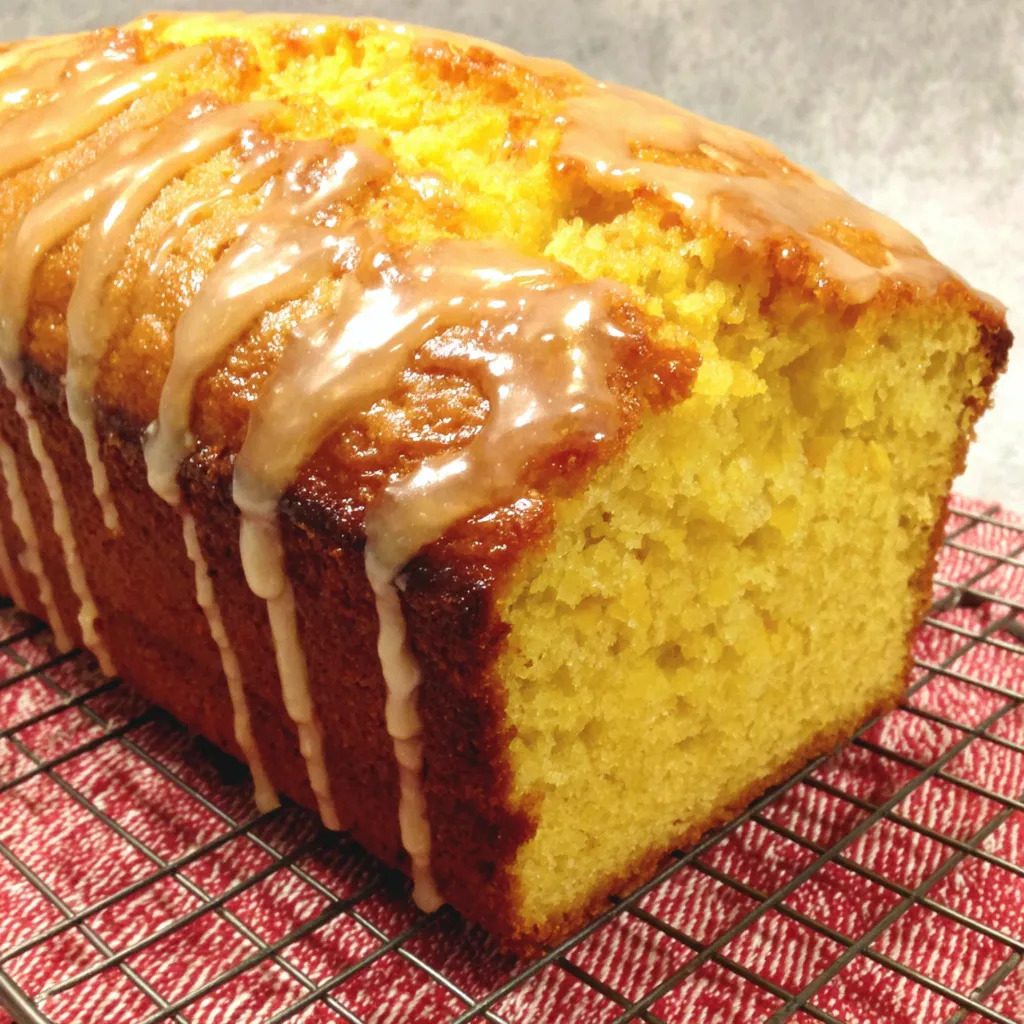
BEST CHRISTMAS EGGNOG BREAD
Ingredients
Equipment
Method
- Preheat oven to 350°F (175°C). Grease and flour a 9×5 inch loaf pan.
- In a medium bowl, whisk together flour, baking powder, baking soda, and salt.
- In a large bowl, cream together the softened butter and granulated sugar until light and fluffy (about 3-5 minutes with an electric mixer).
- Beat in the eggs one at a time, then stir in the vanilla extract and rum extract (if using).
- Gradually add the dry ingredients to the wet ingredients, alternating with the eggnog. Begin and end with the dry ingredients. Mix until just combined. Be careful not to overmix. If using rum or bourbon, stir it in at the end.
- Pour the batter into the prepared loaf pan and spread evenly.
- Sprinkle the top with chopped pecans or walnuts, if desired.
- Bake for 55-65 minutes, or until a wooden skewer inserted into the center comes out clean. If the top starts to brown too quickly, tent it loosely with foil.
- Let the bread cool in the pan for 10 minutes before transferring it to a wire rack to cool completely.
- Once cooled, dust with powdered sugar, if desired.

